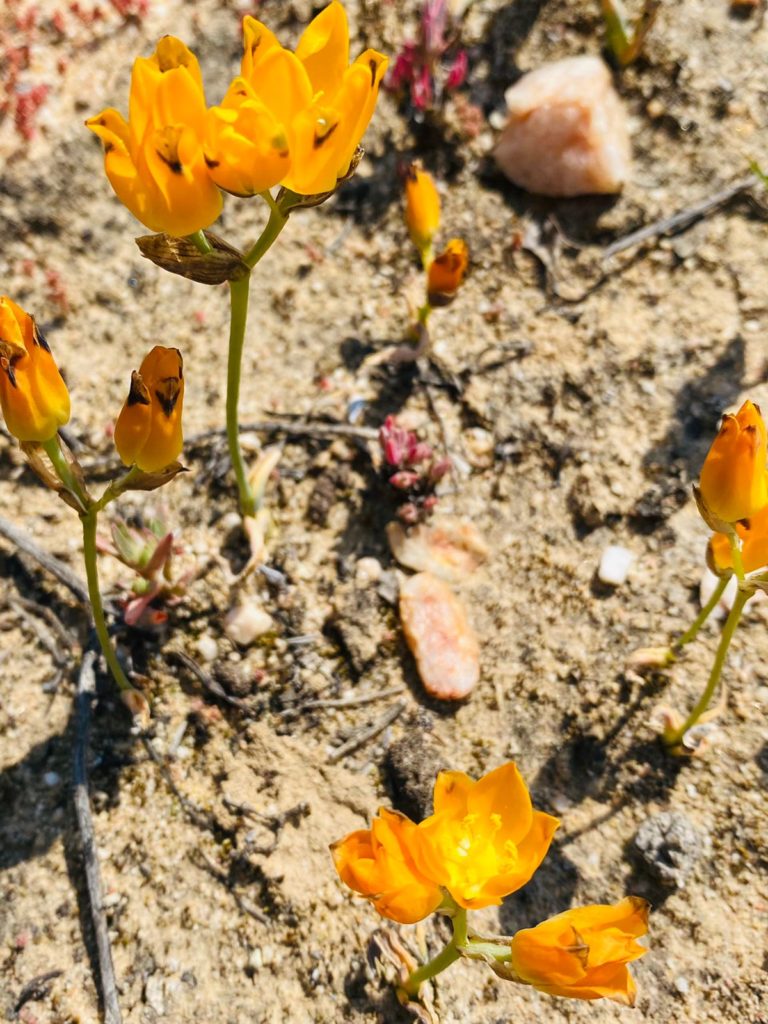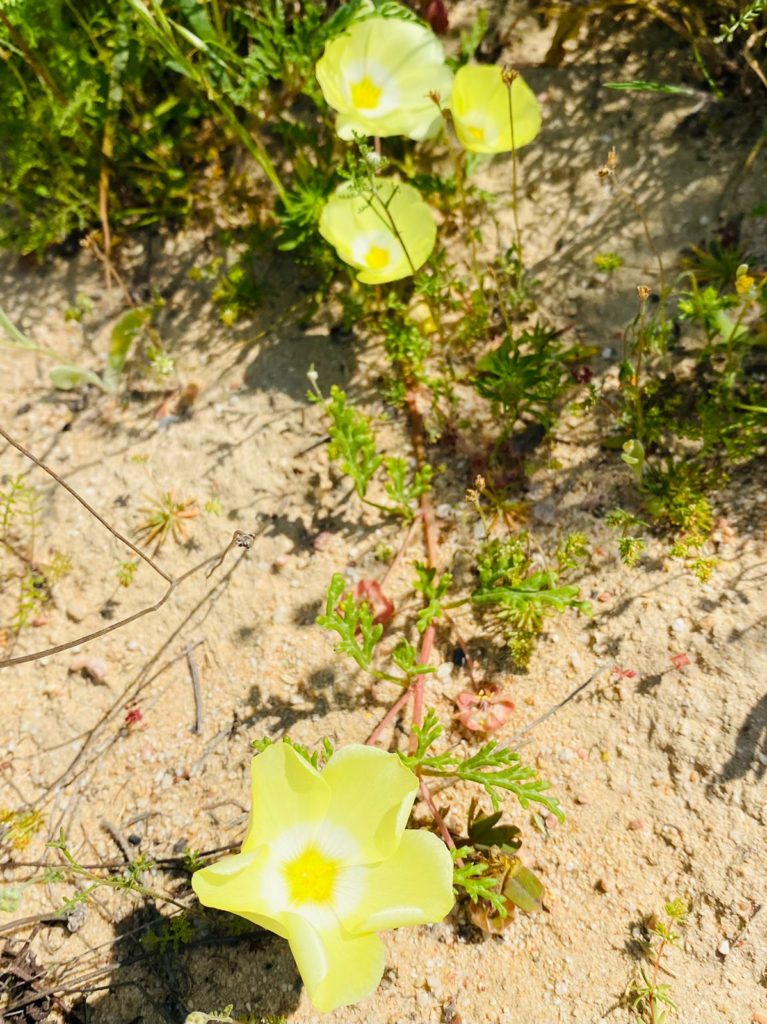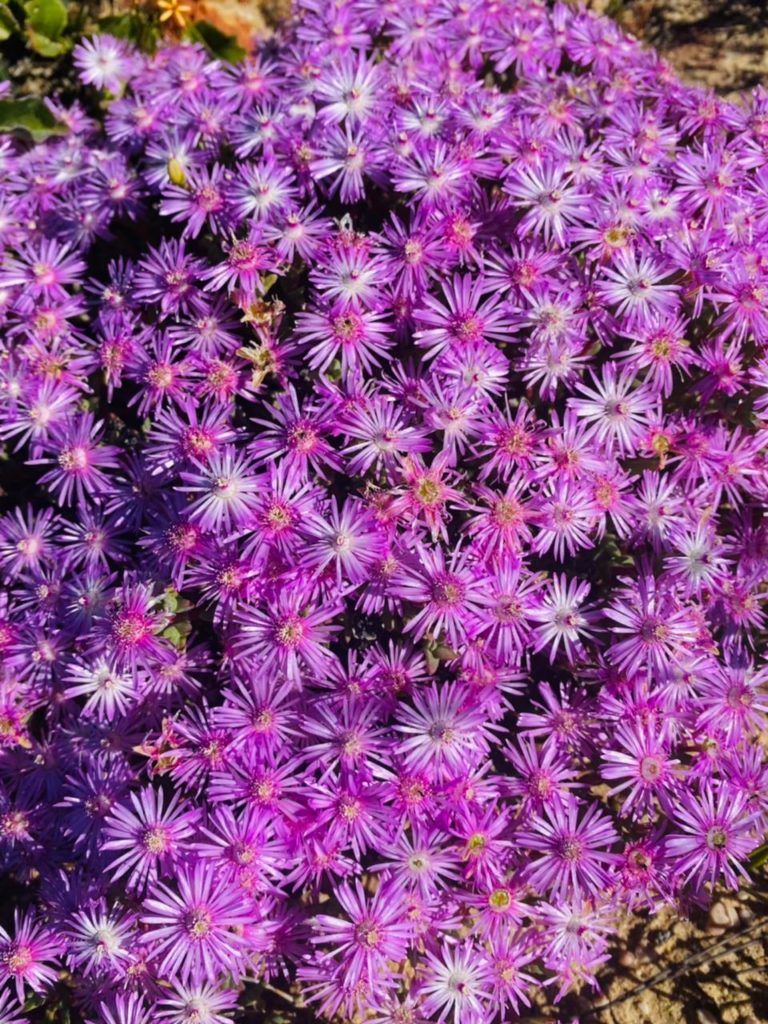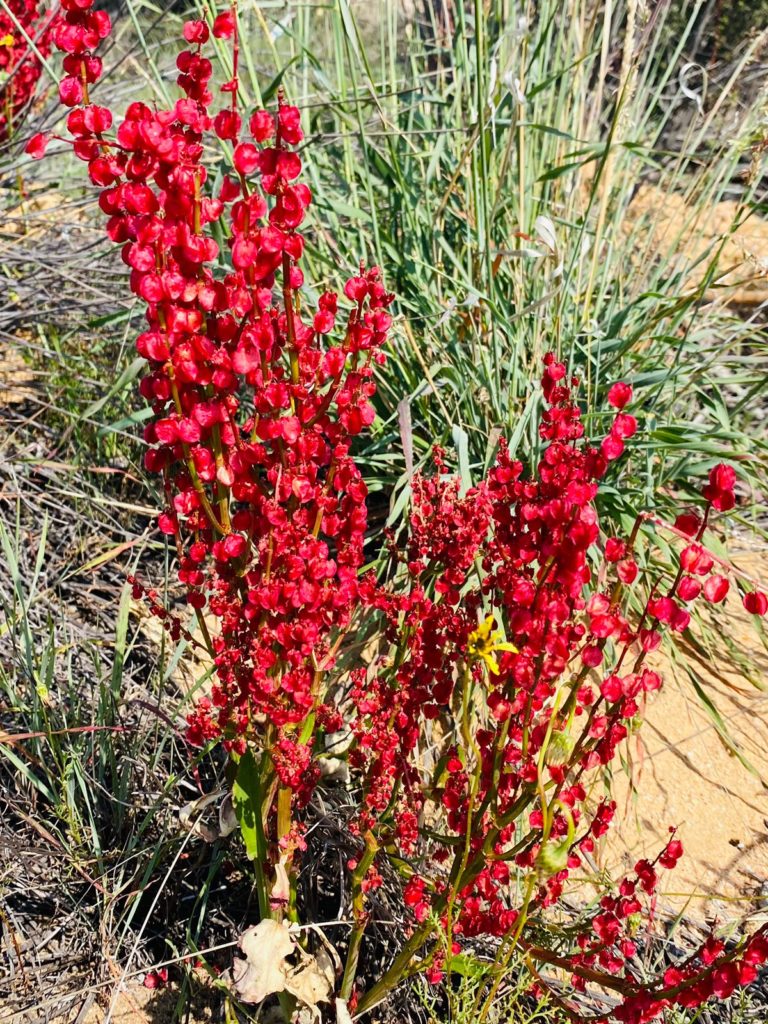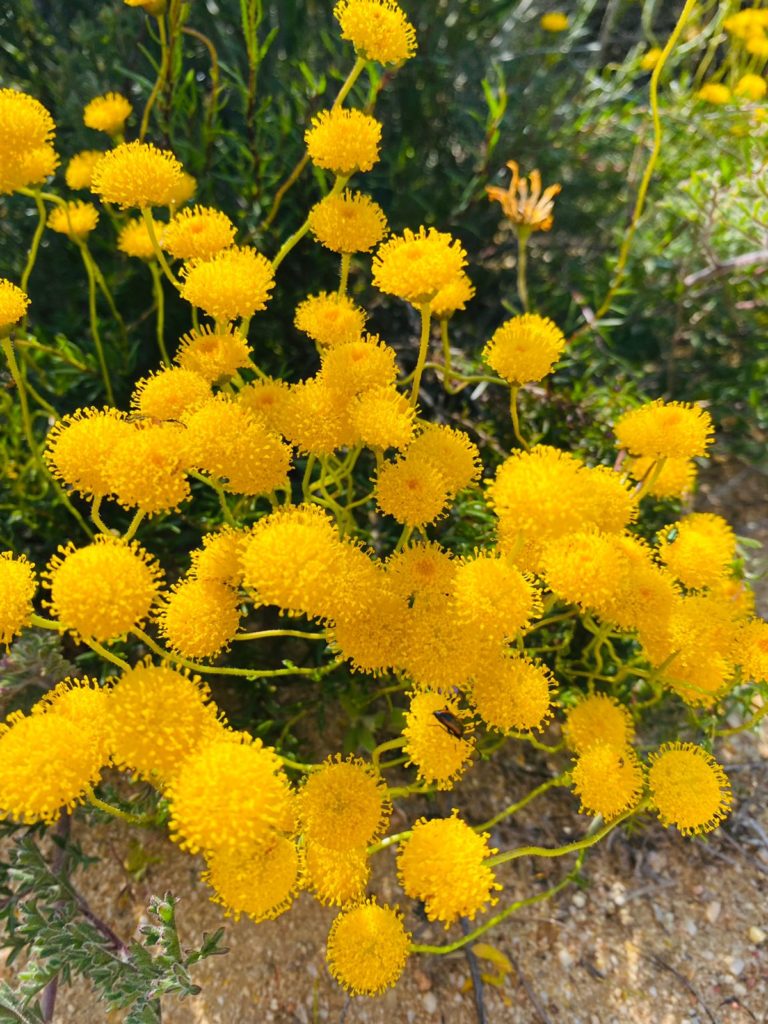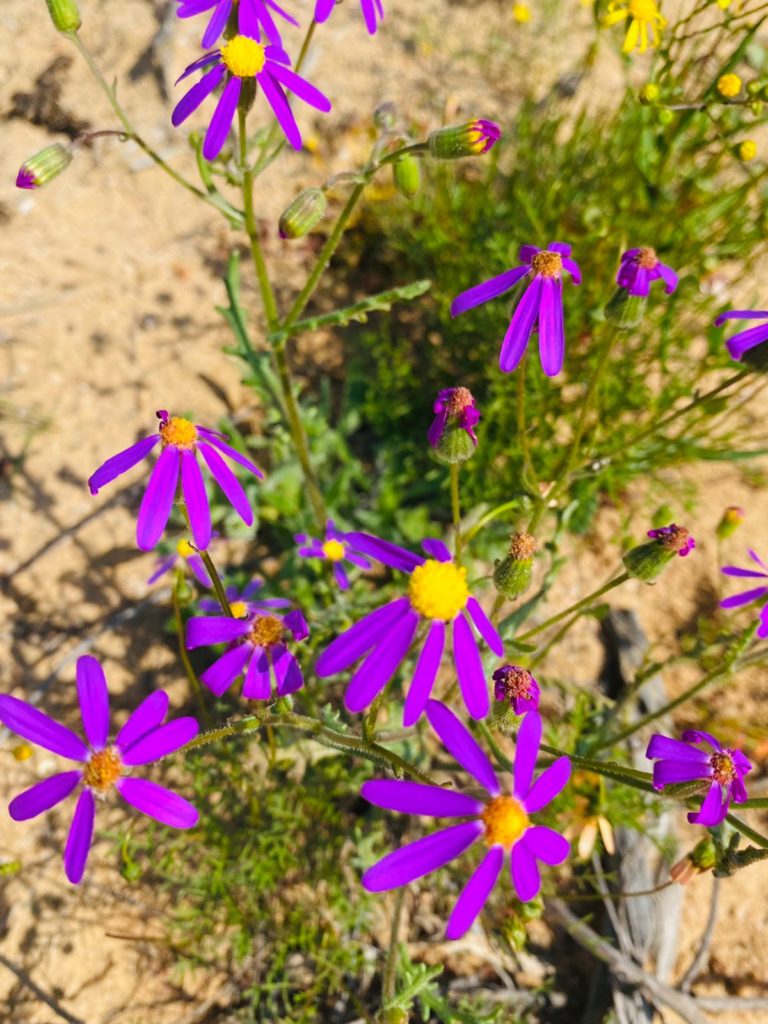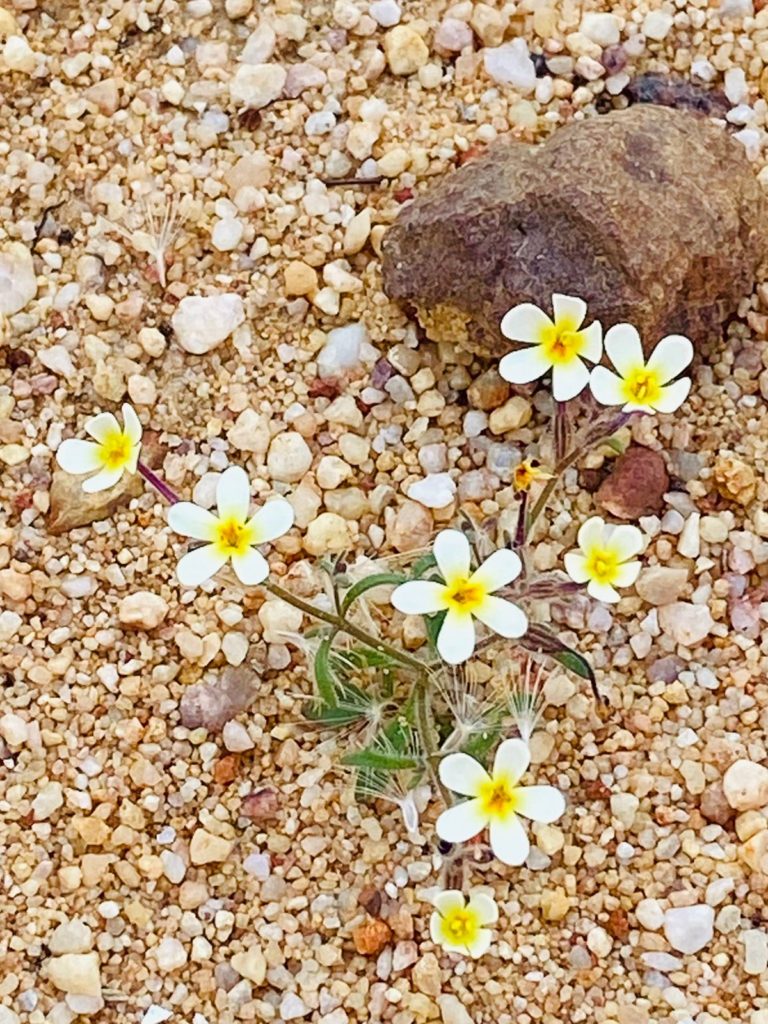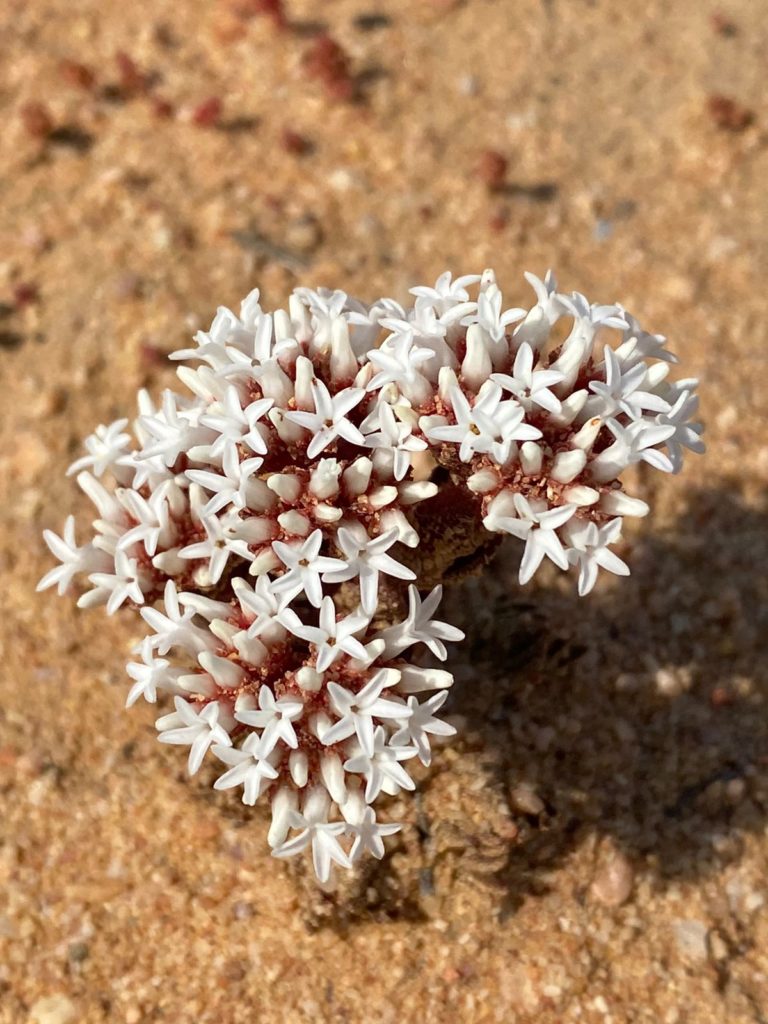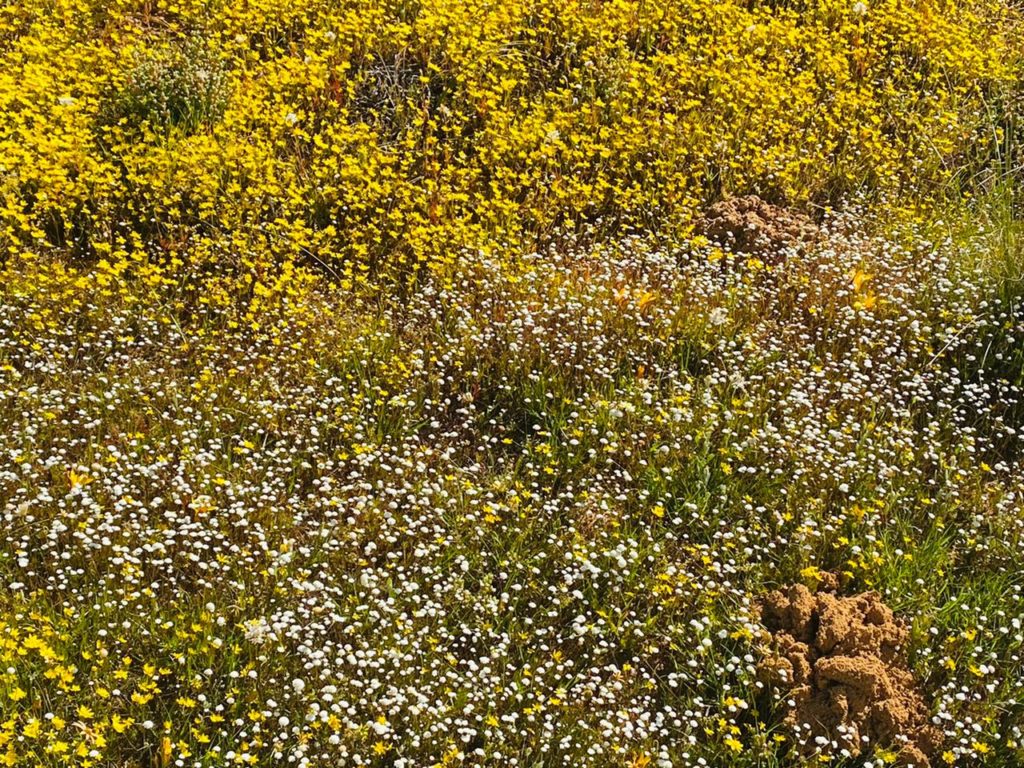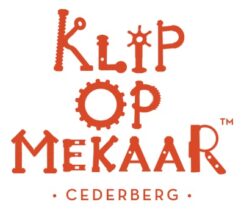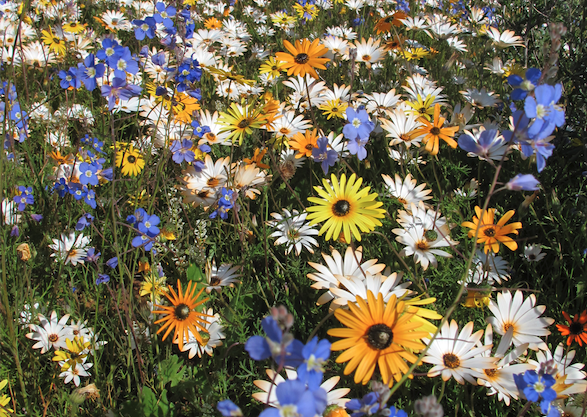Our annual west coast flower season has arrived – with spectacular results!
At our organic rooibos farm’s location in the northern Cederberg, summers are extremely hot and dry – and the little rain we receive is mostly limited to winter and spring. When the rains do arrive in spring, we’re witness to the annual west coast flower season, and this year is an especially good year for lovers of indigenous wildflowers. With good soaking rain in winter and the arrival of warmer days over the last few weeks has come an amazing transformation: bulbs and bushes that have been inconspicuous throughout the hotter months have suddenly leaped into life, in an explosion of colour that can be seen on every part of our farm.
Across the world, there are six Floristic Kingdoms – and of these, the Cape Floristic Region is home to the greatest non-tropical concentration of plants in the world, featuring approximately 9,000 different species. Of this incredible range of flowering plants, more than 6,200 (69 percent) of these are found nowhere else in the world. And on our farm and in the surrounding district, we’re very fortunate to be located in an area where so many of these rare and beautiful plants burst into flower. It’s even said (by locals to our area, who could possibly be biased) that the greatest variety of wild flowers in one district in the world happen to make their appearance in the greater Clanwilliam region, which is where we’re located.
Does this mean we’re privileged to have a front-row seat when it comes to the world’s most amazing wildflower display? We think so!
Each day in the last week of August and first weeks of September brings a succession of show-stopper blooms that are a roll-call of some of the most beautiful indigenous flowers of our country. The commencement of our spring flower season begins with a range of Oxalis species popping up in moist sandy spaces, and roadside bursts of purple-pink Ridderspoor (Heliophila juncea).
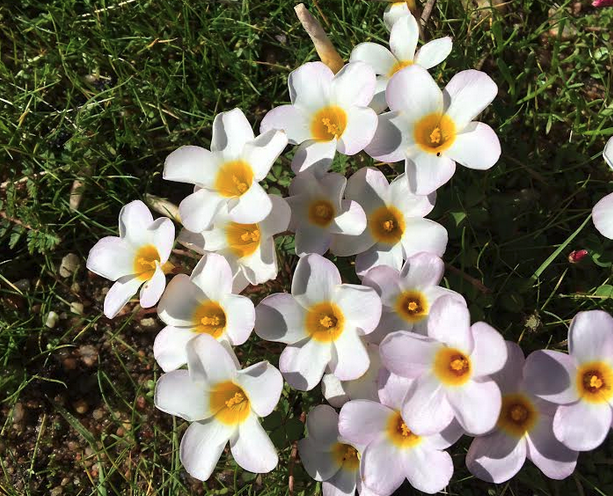
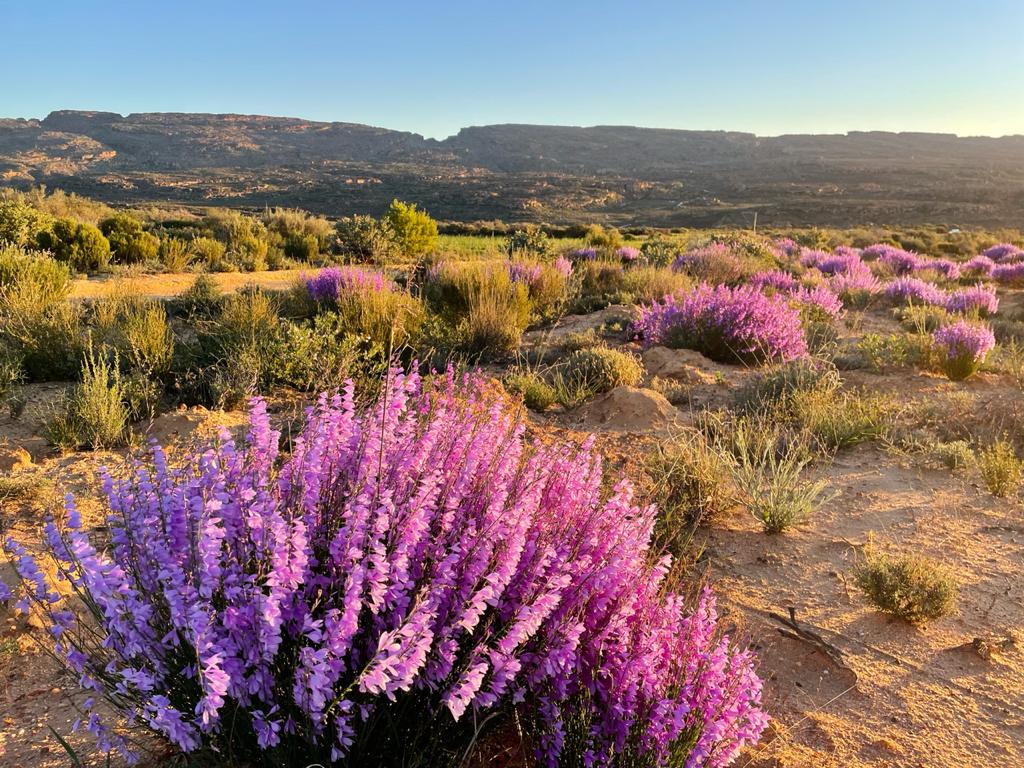
These are followed by tiny yellow and white button daisies that make a swift appearance after rain. Moving on to blue flax (Heliophila coronopifolia) and pink Cape Jewels (Nemesia), every day brings a fresh pallet of constantly changing colour across the hills and fields of our farm. As the season progresses, so an even greater variety of species come into play, with rare succulents and bulbs like naeltjies (Lachenalia) showing their unusual flowers, and cranesbills (Pelargonium) putting out spectacular blooms.
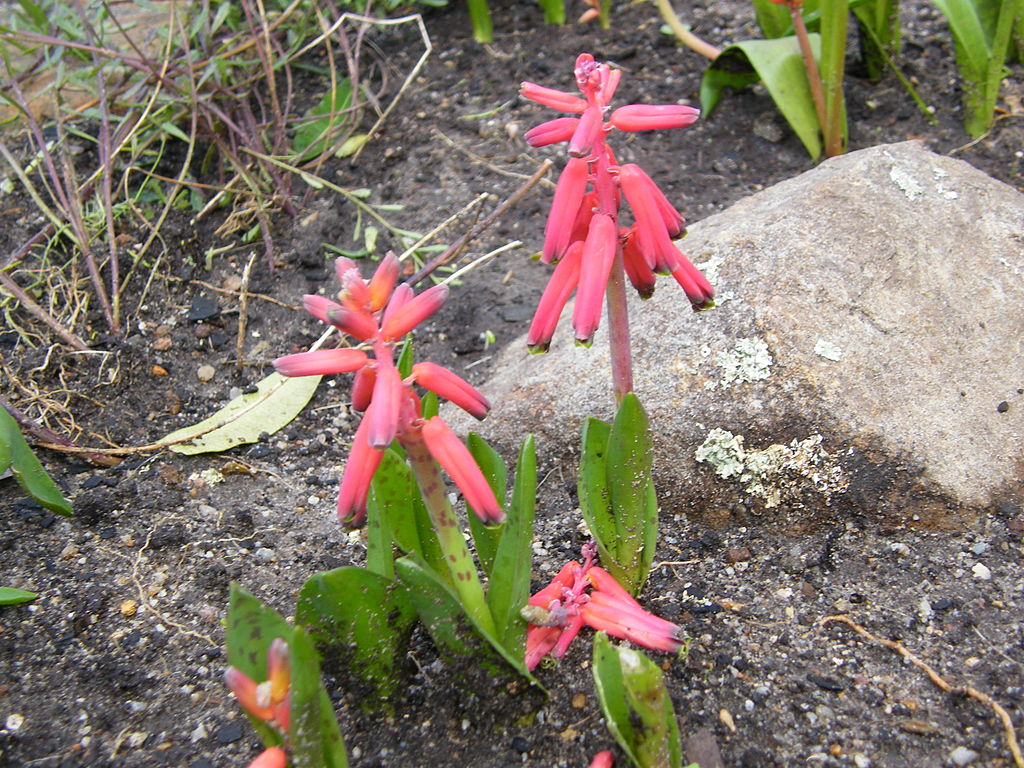
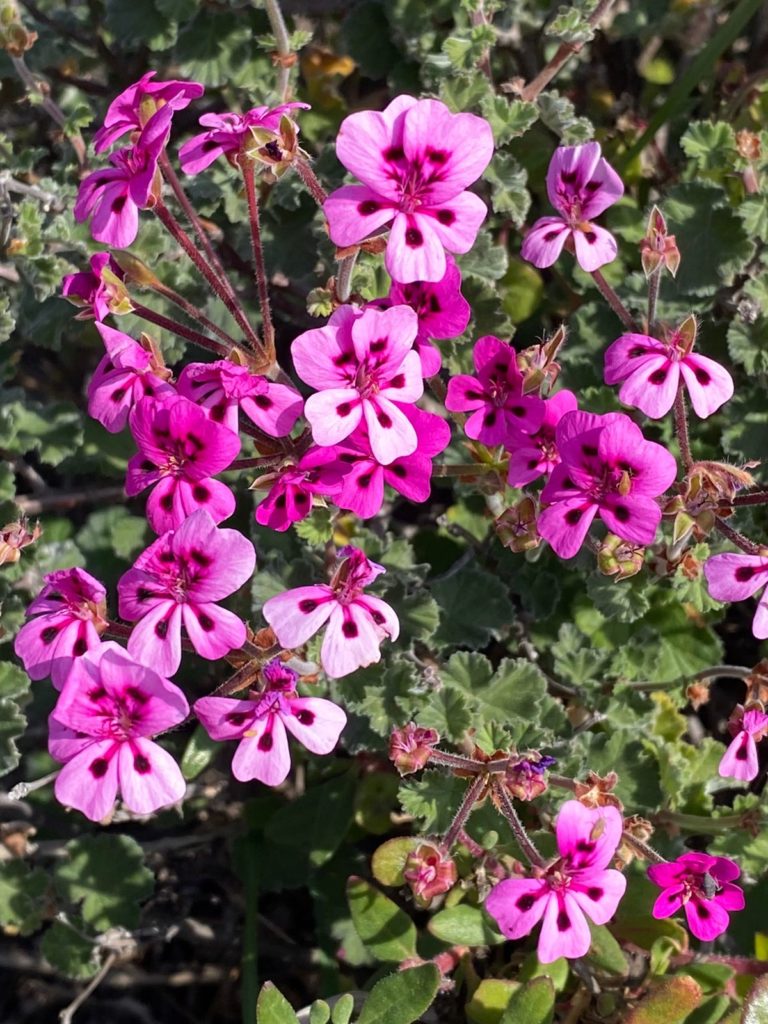
Of the daisy (Asteraceae) family alone, there are many dozens of examples in a wide range of colours, each of which carpet vast areas of our West Coast countryside every year, making for breathtaking vistas of yellow, orange, white and purple as you travel along our country roads. Of particular beauty are the Ox-eye daisy, and the various African daisies (Dimorphotheca, which are members of the Calendula family).
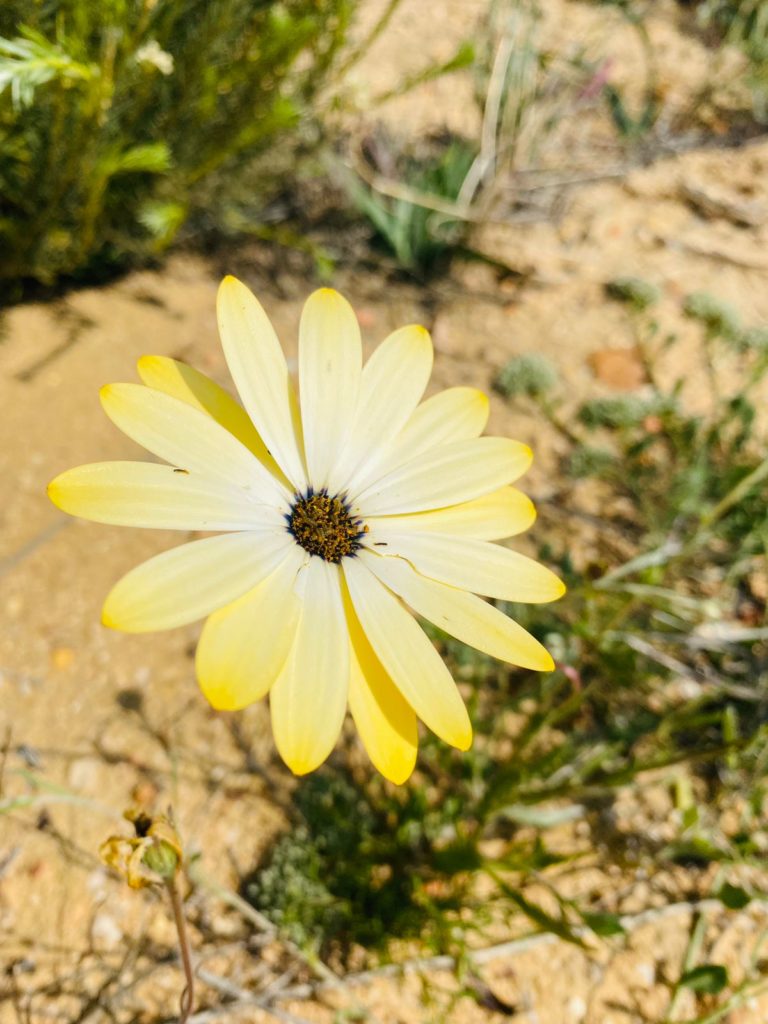
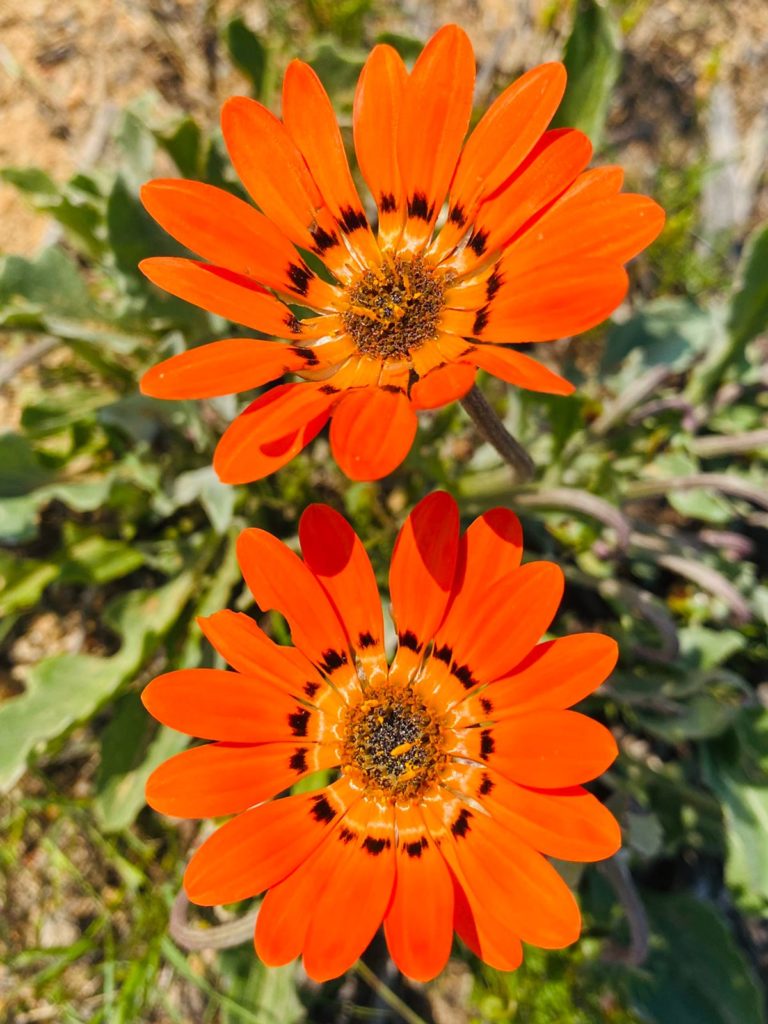
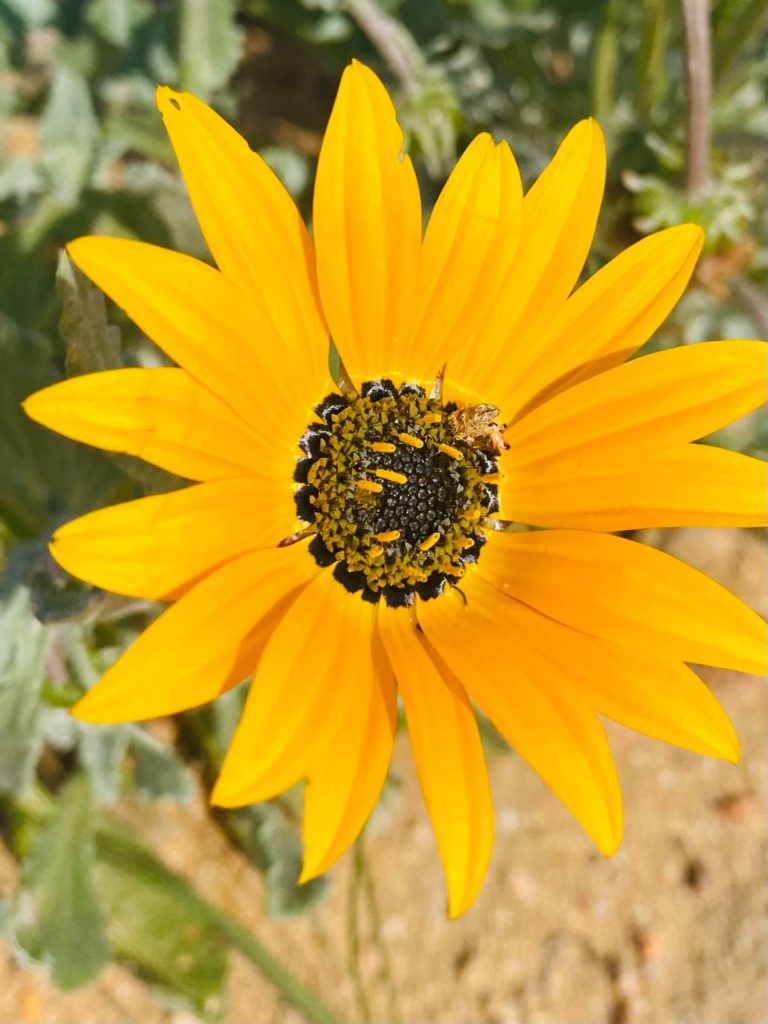
And of course, along with the blooms comes an army of pollinators that are keen to seize the opportunity to feast on the boom of nectar from so many different sources. If you stop amongst the carpet of colour and stand still, you’re able to hear the busy sound of bees, beetles and bumblebees (which are in fact carpenter bees, here in South Africa) buzzing from bloom to bloom as they make the most of the season.
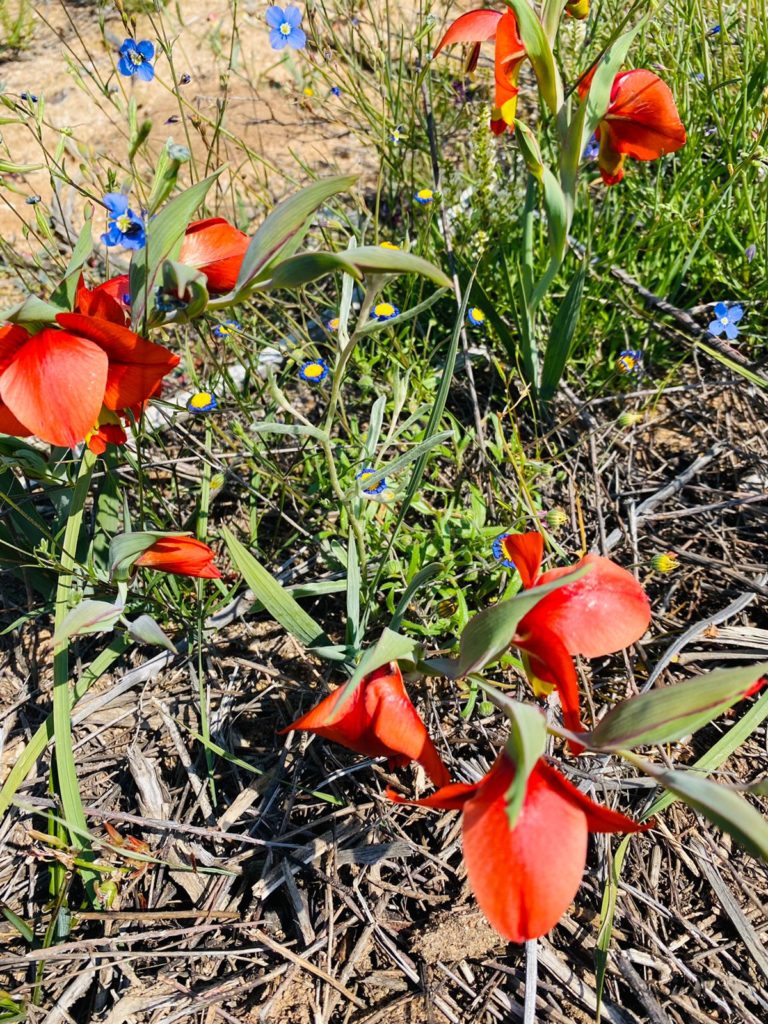
Soon enough the temperatures will start to climb as our summertime approaches, and with the longer and hotter days the flowers, having been pollinated and served their purpose for one more year, will die back and be replaced by many millions of seeds, pods and capsules that will go on to become next year’s impressive generation of wildflowers. But for now, for these few precious weeks of our year when the veld is alive with the world’s greatest show of wildflowers, we revel in the colour and the vivacious show of life that we’re so lucky to live amongst.
And of course, being as ours is a completely organic rooibos farm, we do our best to work in harmony with nature by setting aside most of our footprint as wild areas – including uncultivated strips between our fields. Below is a shot of the profusion of flowers that border our fields and pop up between our rows of rooibos.
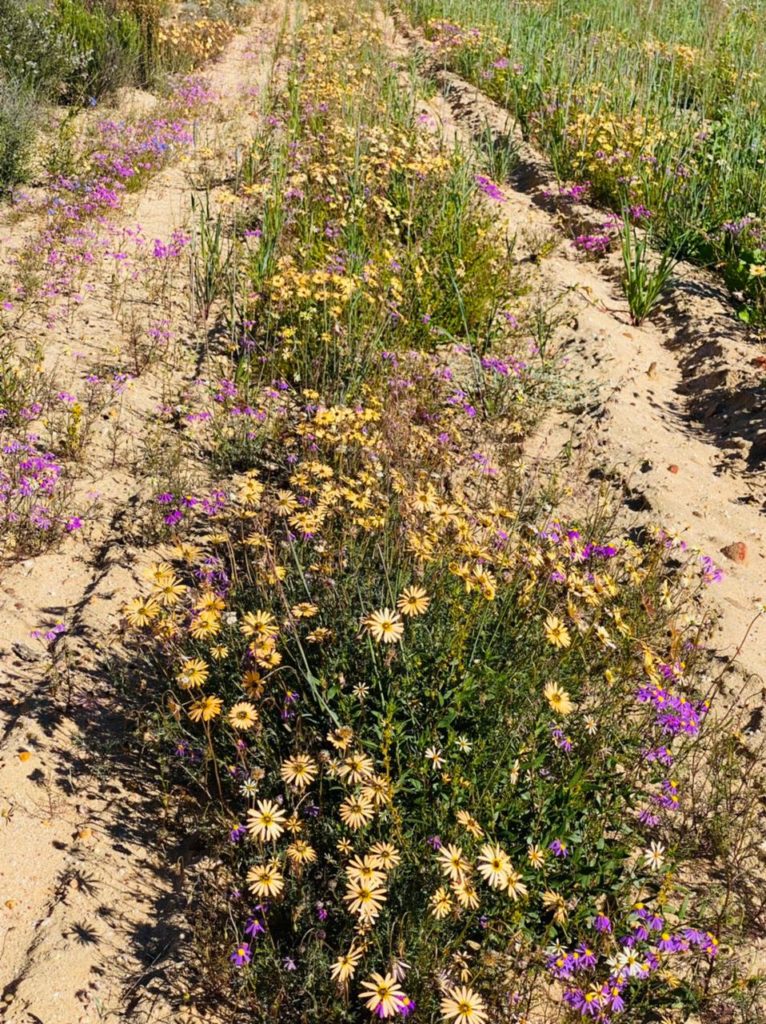
The sheer number of flowers is simply uncountable, but the results are breathtaking; here are more shots taken at our farm that show the variety and beauty of a show we’re very privileged to witness every year. Enjoy!
